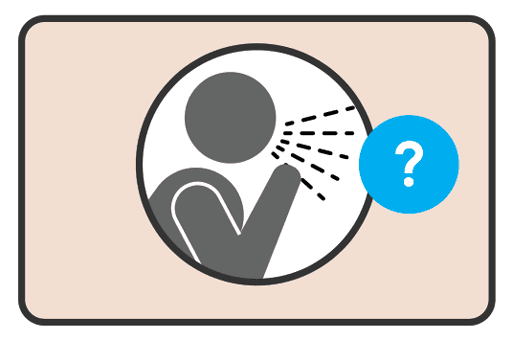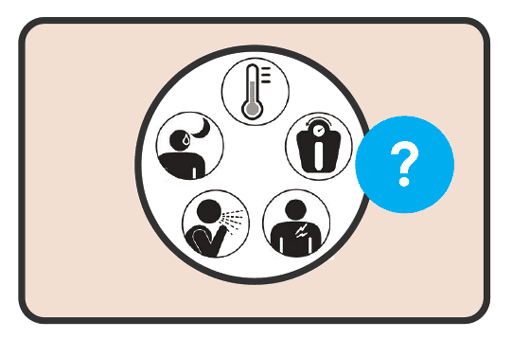Book traversal links for 3.1.1 Symptom screening
Symptom screening is feasible, easy to implement and low-cost. It is also highly acceptable, because it is non-invasive and is a usual part of the clinical assessment of people under care. Symptom screening, particularly for cough, has the added advantage that it usually detects people with TB who are most likely to transmit the disease. Symptom screening has, however, low and variable sensitivity especially for detecting TB early. The positivity rate for screening with symptoms differs from setting to setting, depending on the prevalence of other, non-TB conditions and the quality of screening. In particular, the occurrence of cough may vary with the frequency of other lung conditions, smoking and levels of air pollution. Symptom screening is also subjective and depends on the interpretation of the provider conducting the screen and the person being screened. For example, definitions of cough may differ (e.g. any cough, current cough, “long-standing” or prolonged cough, cough lasting ≥ 2 weeks).
Cough

The review performed for the 2021 guidelines update estimates the sensitivity of screening for any cough for detection of TB disease is 51%, which implies that, in many settings, about half of people with TB do not cough; therefore, screening for this clinical feature alone would detect only about half of people with TB disease. In contrast, it has a fairly high specificity (88%), suggesting that, in many settings included in the reviews, most people without TB disease did not cough. This is likely to depend on the prevalence of non-TB diseases and other conditions in the population being screened.
Screening for prolonged cough – defined as lasting ≥ 2 weeks – is estimated to be even less sensitive (42%) but highly specific (94%) (Table 3.1). It can be a helpful screening tool for programmes that wish to be efficient and reduce the number of people without TB referred unnecessarily for diagnostic testing, but it will not detect the majority of people with prevalent TB, which is unacceptable for most screening interventions.
Any TB symptom

An alternative is to screen for any symptom that commonly occurs in TB, including cough of any duration, sputum, haemoptysis, fever, night sweats and weight loss. In studies reviewed for the latest revision of the screening guidelines, the estimated sensitivity of screening for any TB symptom is 71% – higher than for cough alone but with lower estimated specificity (64%) (Table 3.1). The positivity rate can be quite high in certain populations, as the same symptoms may be caused by other conditions. In contrast to cough alone, the lower specificity of any symptom would imply that more people without TB would be sent for diagnostic evaluation and more tests would have to be done to confirm one TB case.
 Feedback
Feedback